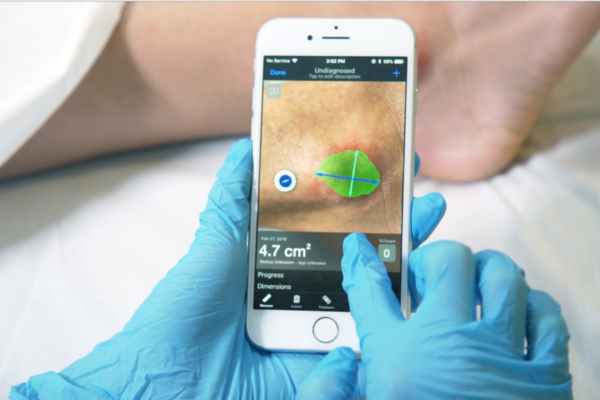How to Keep Your Healthcare Facility Out of Court
Being sued creates significant discomfort for all involved, including caregiver and employer. Irrespective of the time, resource and financial implications, there is a significant personal toll. Who likes their ability, credibility and caring nature to be questioned? Fairly or unfairly, it’s not a pleasant experience, when challenged by a lawyer, some of whom make a living “chasing wounds”.
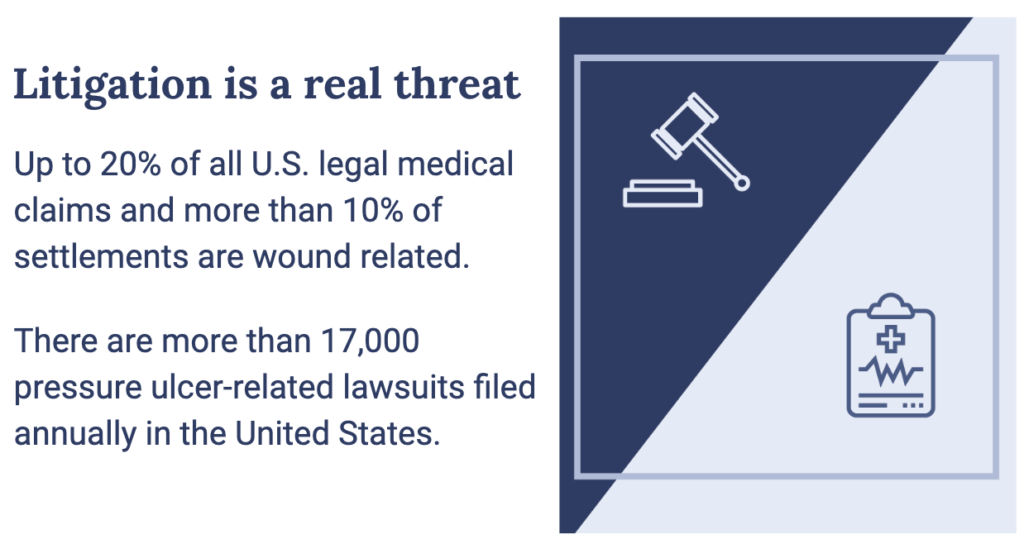
One of the biggest pain points when it comes to litigation is the collection of documentation needed for the court case. With best practices in prevention and care in place, your healthcare facility will most likely avoid litigation altogether. However, if your facility does come under the microscope in court, all the patient level documentation in one place and easily retrievable will have distinct advantages. There are a number of parameters required for good defensible documentation for pressure injuries.
11 Essential Elements of Wound Documentation
- Present on admission?
- Risk status?
- Physician/family notification
- Pain (and what was done)
- Location
- Measurements
- Wound bed description
- Turning and positioning measures
- Wound treatment
- Nutrition status
- Support surface

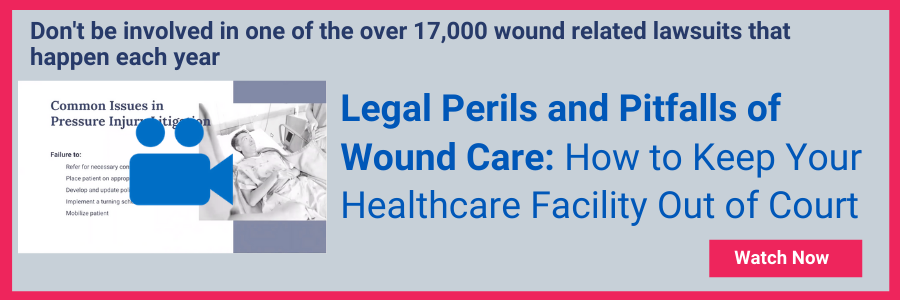
Invaluable Advice on How to Mitigate Exposure
A recent webinar, which included a presentation by Heidi Cross, one of the leading authorities on wound care litigation in the US, highlighted the key quality control processes and considerations that an institution should take to minimize its legal exposure.

From her extensive experience Heidi identified a number of common issues when it comes to pressure injury litigation. These were common findings from many recent and past cases.
Common Issues in Pressure Injury Litigation
- Evaluate and document wound
- Correctly evaluate and document wound type, location and stage
- Conduct a risk assessment on admission/periodically
- Implement wound treatment and care plan
- Evaluate and document wound weekly
- Refer for necessary consults
- Place patient on appropriate support surface
- Develop and update policy and procedures
- Implement a turning schedule
- Mobilize patient
- Off-label drug use
- Orders that say for nurse to “mix” – only pharmacists compound
- Poor quality photos or no photo taken
- Standing orders
- Orders outside scope of practice
Heidi presented eight keys steps that will help mitigate the legal exposure of your wound care practice. Following these steps will provide the evidence to demonstrate that you and your facility are following best practices and providing your patients with appropriate care.
While these steps are not fool proof they will help significantly with your exposure.
Eight Key Steps For Protection

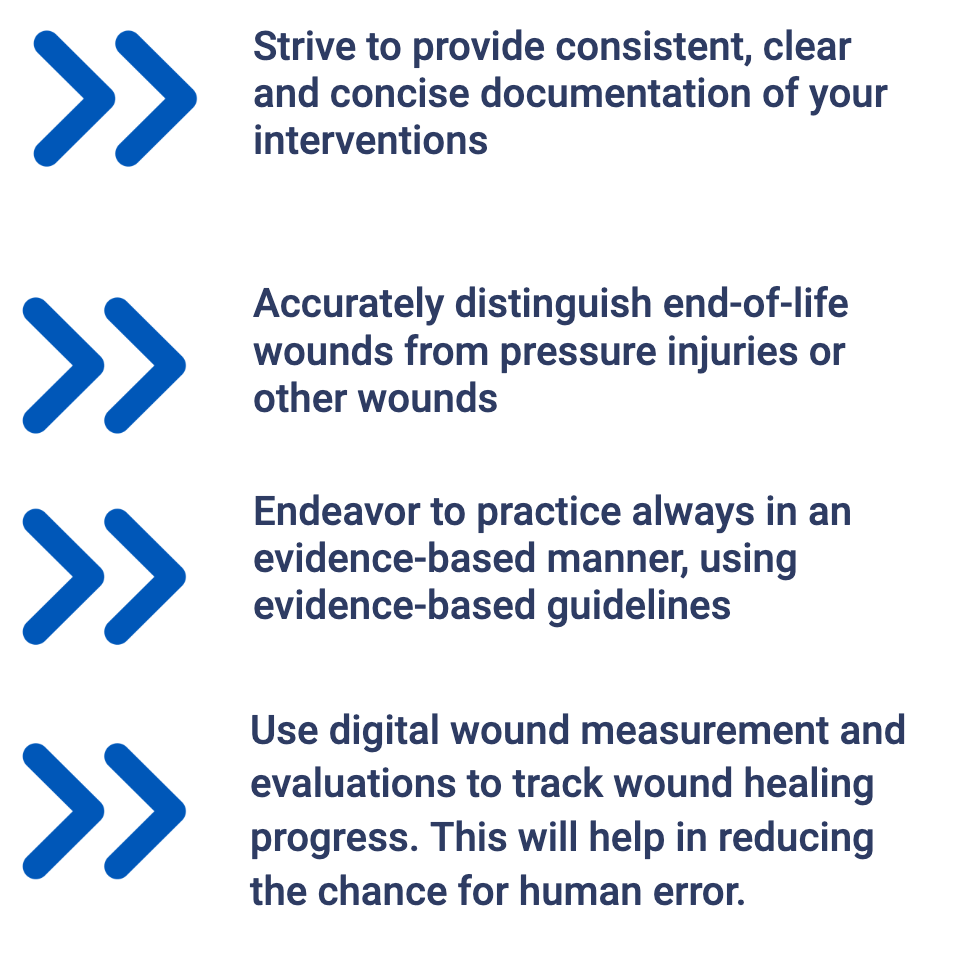
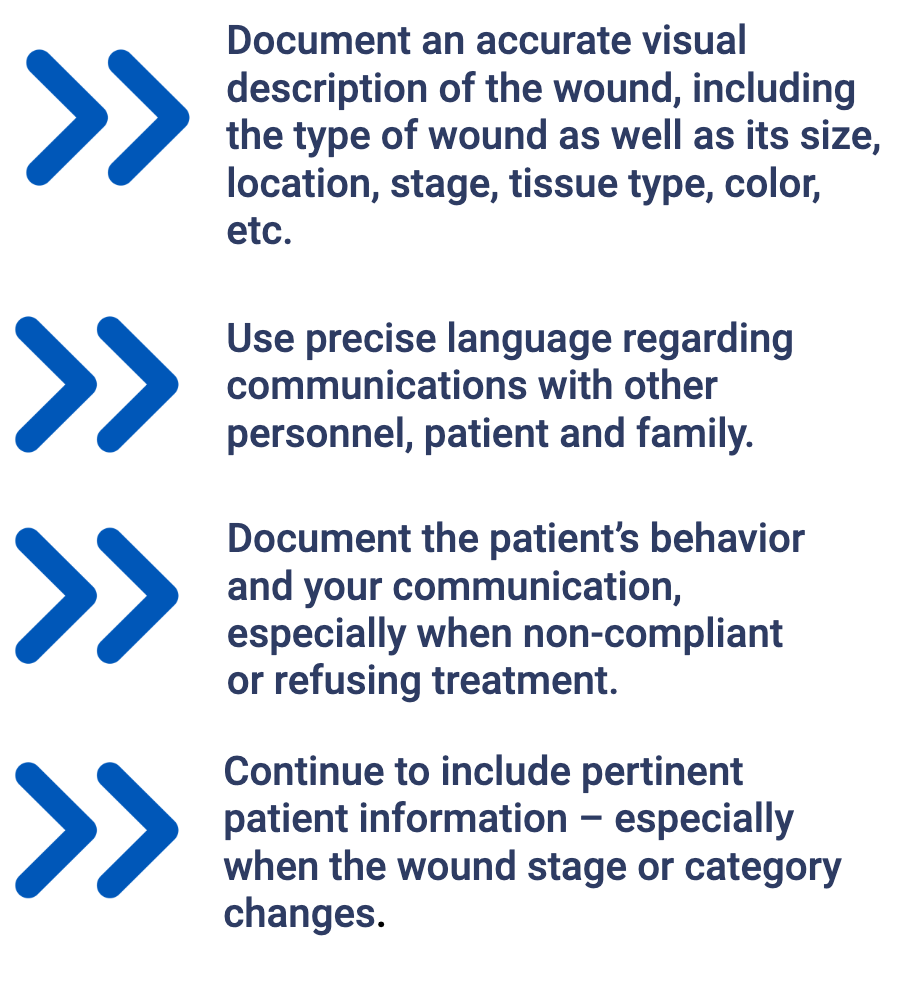

Following Heidi’s useful insight, Swift Medical presented details of their new Swift WoundProof product, which has been developed to provide and all-in-one easy to use system. The system permits the export of all necessary and court ready documentation at the click of a button. A product truly designed with your litigation risks in mind.
If you’d like to watch the full webinar you can access an on-demand recording here.
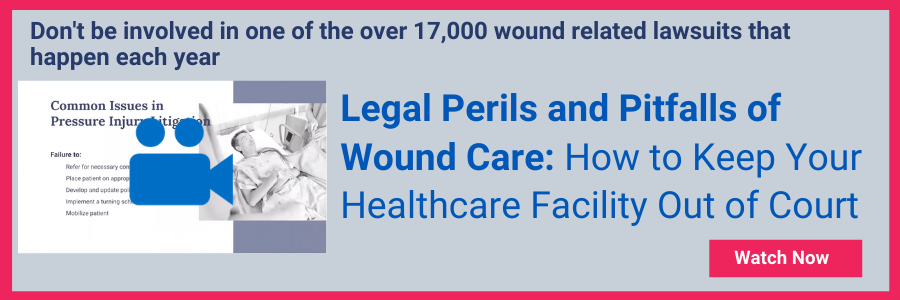
Or ready to investigate Swift Skin and Wound and see a demo click here?



